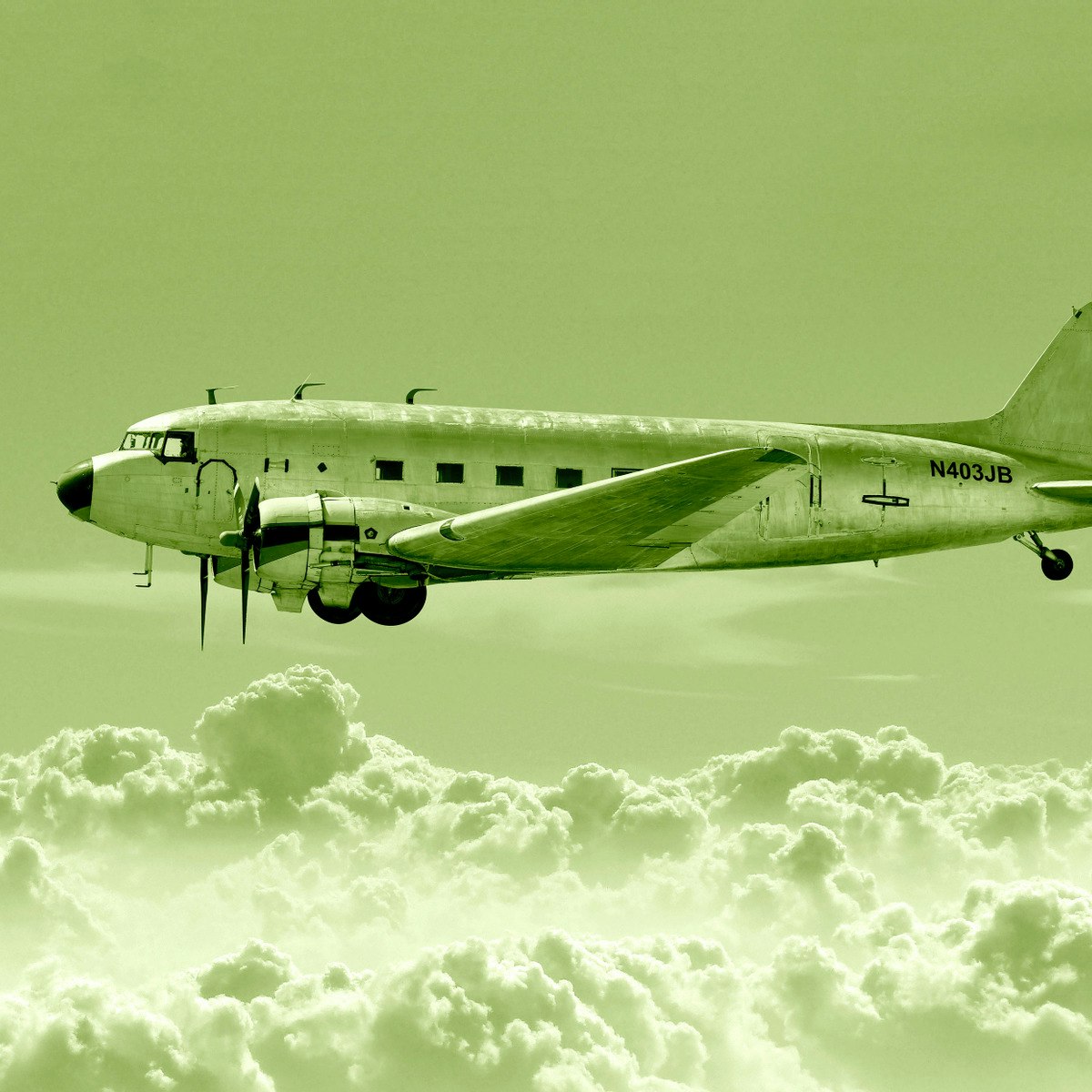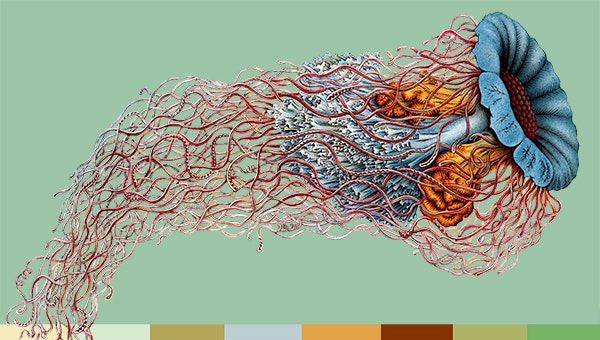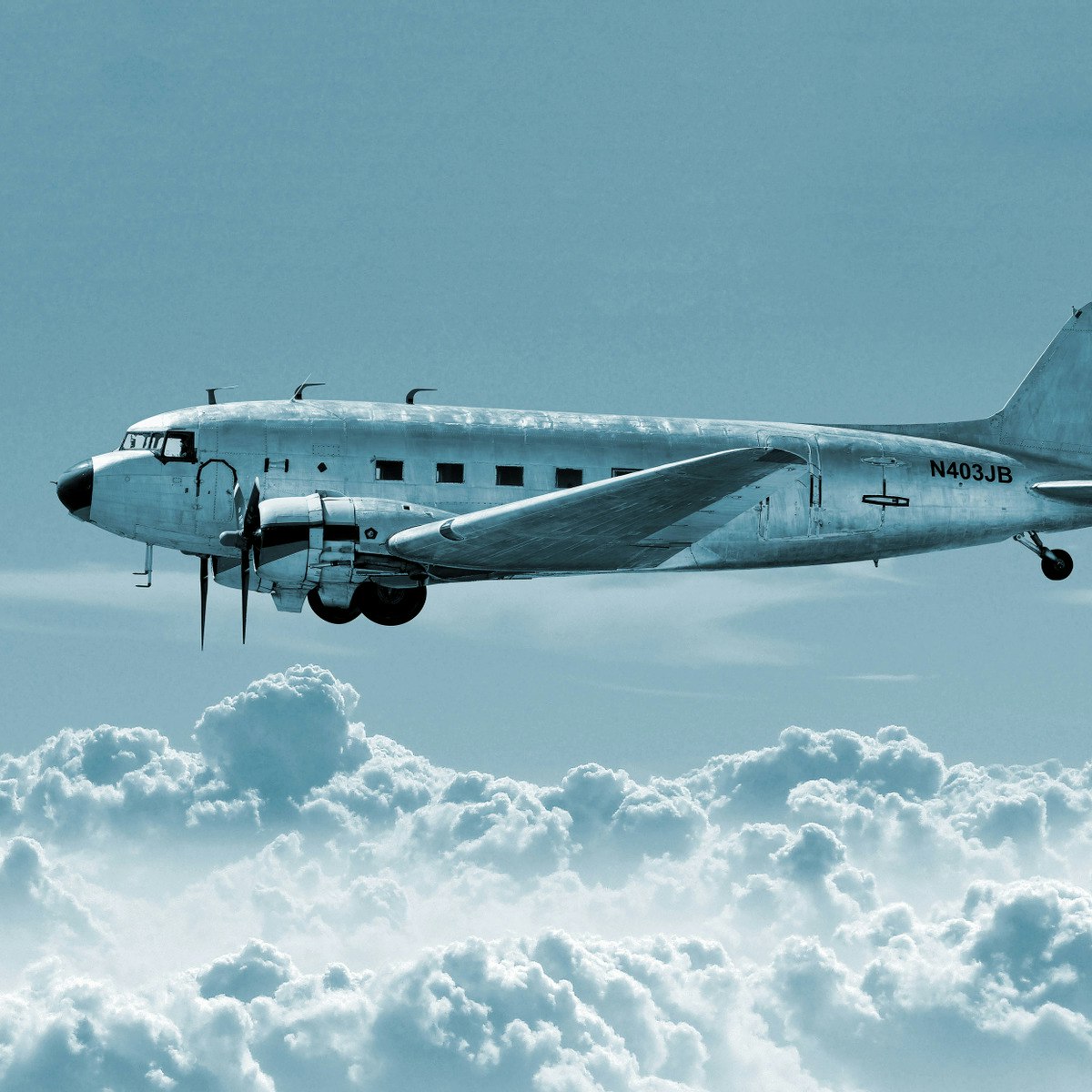Back to Courses









Physics And Astronomy Courses - Page 5
Showing results 41-50 of 87

First Order Optical System Design
This course can also be taken for academic credit as ECEA 5600, part of CU Boulder’s Master of Science in Electrical Engineering degree.
Optical instruments are how we see the world, from corrective eyewear to medical endoscopes to cell phone cameras to orbiting telescopes. When you finish this course, you will be able to design, to first order, such optical systems with simple mathematical and graphical techniques. This first order design will allow you to develop the foundation needed to begin all optical design as well as the intuition needed to quickly address the feasibility of complicated designs during brainstorming meetings. You will learn how to enter these designs into an industry-standard design tool, OpticStudio by Zemax, to analyze and improve performance with powerful automatic optimization methods.

Flight mechanics - Propulsive balance and energy
This course is dedicated to energy management, i.e. speed and altitude control.
The various sources of drag are first described and modeled, as well as thrust origin, and evolution with speed and altitude. Using these models, we can evaluate the propulsive balance and derive important concepts like flight regimes, best climb speed, or propulsion ceiling.
We take then a glance at cruise performances and the evolution of range with weight.
This course is a part of the specialization "Fundamentals of Flight mechanics".

Question Reality: Cosmos
This course explores the concept of reality and the physics of the sky. You will travel through the philosophies and worldviews of early civilizations to the time of early scientists such as Plato, Aristotle, and Copernicus.
You will learn how Galileo's findings with the telescope challenged the Aristotelian interpretation of the cosmos, about Galileo’s revolutionary conclusions on gravity, and Newton's universal law of gravitation.
This course will also introduce you to the scientific methods and their limitations. You will also explore the properties and behaviors of homemade pendulums.
Next, you will explore modern ideas of cosmology, of the Big Bang, and even recent speculations that our universe is not all there is. Mysteries and properties of light and how they were discovered, questioned, and confirmed through experiments over the past few hundred years through the present will also be discussed.

Introduction to the Orbital Perspective
The goals of this course are to develop the student’s critical thinking skills, global awareness, and ability to work as an integral part of a team in an increasingly complex global job market. The course provides a foundation in such skills as team building, collaboration, and elevated empathy using real-world scenarios from some of world’s most effective collaborative projects including the Earthrise-2068 Project.
Living on the International Space Station was a powerful, transformative experience—one that could hold the key to solving our problems here on Earth. On space walks and through windows, course instructor Ron Garan was struck by the stunning beauty of the Earth from space but sobered by knowing how much needed to be done to help this troubled planet. And yet on the International Space Station, Garan, a former fighter pilot, was working work side by side with Russians, who only a few years before were “the enemy.” If fifteen nations could collaborate on one of the most ambitious, technologically complicated undertakings in history, surely we can apply that kind of cooperation and innovation toward creating a better world.
In this course Garan will convey what it was like learning to work with a diverse group of people in an environment only a handful of human beings have ever known. But more importantly, the course will address how we can apply the orbital perspective here at home, embracing new partnerships and processes to promote peace and combat hunger, thirst, poverty, and environmental destruction. This course is a call to action for each of us to care for the most important space station of all: planet Earth.
The course will also involve participation in the Earthrise-2068 project. Working with people from around the world, students will help craft a vision of our future in the year 2068. Students will also help craft a crowdsource strategy for both the co-envisioned future of the world in 2068 and a roadmap to get there. Students will also participate in the crafting of a “call-to-action” to be delivered at the United Nations General Assembly in September 2017.

Emergence of Life
How did life emerge on Earth? How have life and Earth co-evolved through geological time? Is life elsewhere in the universe? Take a look through the 4-billion-year history of life on Earth through the lens of the modern Tree of Life!
This course will evaluate the entire history of life on Earth within the context of our cutting-edge understanding of the Tree of Life. This includes the pioneering work of Professor Carl Woese on the University of Illinois Urbana-Champaign campus which revolutionized our understanding with a new "Tree of Life." Other themes include:
-Reconnaissance of ancient primordial life before the first cell evolved
-The entire ~4-billion-year development of single- and multi-celled life through the lens of the Tree of Life
-The influence of Earth system processes (meteor impacts, volcanoes, ice sheets) on shaping and structuring the Tree of Life
This synthesis emphasizes the universality of the emergence of life as a prelude for the search for extraterrestrial life.
Mastering Statics
Course Overview: https://www.youtube.com/watch?v=sdom7zBIfkE
Statics is the most fundamental course in Mechanics.
In this course, you will learn the conditions under which an object or a structure subjected to time-invariant (static) forces is in equilibrium - i.e. the conditions under which it remains stationary or moves with a constant velocity-.
You will also learn how to calculate the reaction forces as well as the internal forces experienced throughout the structure so that later you can properly design and size the foundation and the members of the structure to assure the structure’s safety and serviceability.
This course is suitable for learners with interest in different Engineering disciplines such as civil engineering, architecture, mechanical engineering, aerospace.
Non engineering disciplines may also find the course very useful, from archaeologist who are concerned about the stability of their excavation sites to dentists interested in understanding the forces transmitted through dental bridges, to orthopedic surgeons concerned about the forces transmitted through the spine, or a hip or knee joint.
The content will be primarily delivered using light board. Prof. Katafygiotis is going to write and sketch with color markers directly on the board while facing you. You will have an exciting and interactive learning experience online!

Displays
This course can also be taken for academic credit as ECEA 5607, part of CU Boulder’s Master of Science in Electrical Engineering degree.
Displays Course Introduction
The course will dive deep into electronic display devices, including liquid crystals, electroluminescent, plasma, organic light emitting diodes, and electrowetting based displays. You'll learn about various design principles, affordances and liabilities, and also a variety of applications in the real world of professional optics.
Course Learning Outcomes
At the end of this course you will be able to…
(1) Select a display technology for a given application (LIDAR, imaging, microscopy etc.)
(2) Design a system around the limitations of a given display technology (ie. addressing)
(3) Design a system that maximizes contract

Emergent Phenomena in Science and Everyday Life
Before the advent of quantum mechanics in the early 20th century, most scientists believed that it should be possible to predict the behavior of any object in the universe simply by understanding the behavior of its constituent parts. For instance, if one could write down the equations of motion for every atom in a system, it should be possible to solve those equations (with the aid of a sufficiently large computing device) and make accurate predictions about that system’s future.
However, there are some systems that defy this notion. Consider a living cell, which consists mostly of carbon, hydrogen, and oxygen along with other trace elements. We can study these components individually without ever imagining how combining them in just the right way can lead to something as complex and wonderful as a living organism! Thus, we can consider life to be an emergent property of what is essentially an accumulation of constituent parts that are somehow organized in a very precise way.
This course lets you explore the concept of emergence using examples from materials science, mathematics, biology, physics, and neuroscience to illustrate how ordinary components when brought together can collectively yield unexpected, surprising behaviors.
Note: The fractal image (Sierpinkski Triangle) depicted on the course home page was generated by a software application called XaoS 3.4, which is distributed by the Free Software Foundation under a GNU General Public License.
Upon completing this course, you will be able to:
1. Explain the difference in assumptions between an emergent versus reductive approach to science.
2. Explain why the reductivist approach is understood by many to be inadequate as a means of describing and predicting complex systems.
3. Describe how the length scale used to examine a phenomenon can contribute to how you analyze and understand it.
4. Explain why the search for general principles that explain emergent phenomena make them an active locus of scientific investigation.
5. Discuss examples of emergent phenomena and explain why they are classified as emergent.

Understanding Einstein: The Special Theory of Relativity
In this course we will seek to “understand Einstein,” especially focusing on the special theory of relativity that Albert Einstein, as a twenty-six year old patent clerk, introduced in his “miracle year” of 1905. Our goal will be to go behind the myth-making and beyond the popularized presentations of relativity in order to gain a deeper understanding of both Einstein the person and the concepts, predictions, and strange paradoxes of his theory. Some of the questions we will address include: How did Einstein come up with his ideas? What was the nature of his genius? What is the meaning of relativity? What’s “special” about the special theory of relativity? Why did the theory initially seem to be dead on arrival? What does it mean to say that time is the “fourth dimension”? Can time actually run more slowly for one person than another, and the size of things change depending on their velocity? Is time travel possible, and if so, how? Why can’t things travel faster than the speed of light? Is it possible to travel to the center of the galaxy and return in one lifetime? Is there any evidence that definitively confirms the theory, or is it mainly speculation? Why didn’t Einstein win the Nobel Prize for the theory of relativity?
About the instructor: Dr. Larry Lagerstrom is the Director of Academic Programs at Stanford University’s Center for Professional Development, which offers graduate certificates in subjects such as artificial intelligence, cyber security, data mining, nanotechnology, innovation, and management science. He holds degrees in physics, mathematics, and the history of science, has published a book and a TED Ed video on "Young Einstein: From the Doxerl Affair to the Miracle Year," and has had over 30,000 students worldwide enroll in his online course on the special theory of relativity (this course!).

Flight Mechanics - Anemobarometry
This course focuses on the physics of the atmosphere and its consequences on speed and altitude measurements.
At the end of this course, you will understand precisely the meaning of the speed and altitude indication available to the pilot of an airplane. You will understand the difference between standard and actual atmosphere and be able to perform basic altitude and speed correction computations.
You will understand why jet airliners need to be pressurized, or why a clogged Pitot tube can mislead a pilot.
Although some math equations are used from time to time to justify certain results. This course insists on curve shapes, figures, tables, and you can efficiently follow it while skipping the equation-solving parts if you do not fancy them.
This course is a part of the specialization "Fundamentals of Flight mechanics".
Popular Internships and Jobs by Categories
Find Jobs & Internships
Browse
© 2024 BoostGrad | All rights reserved